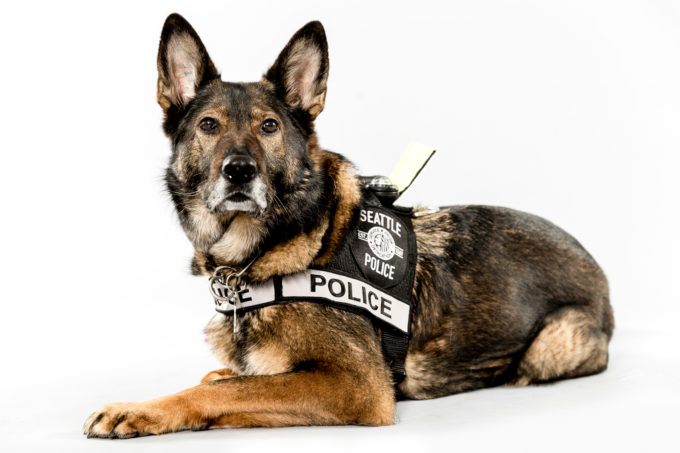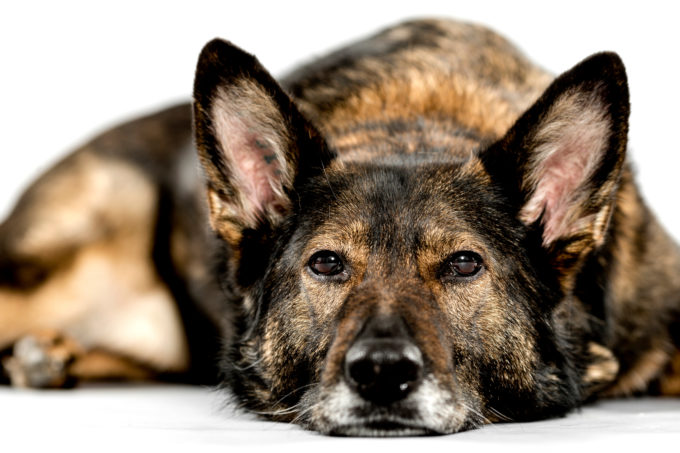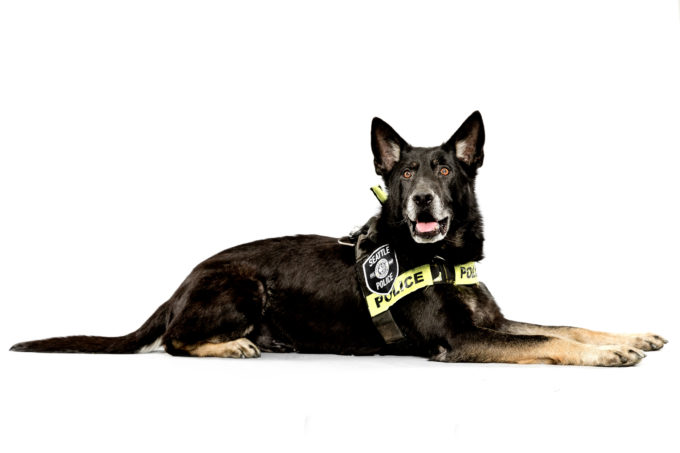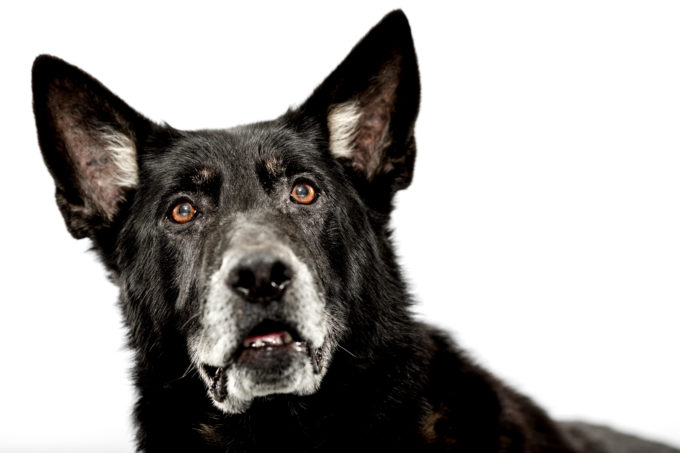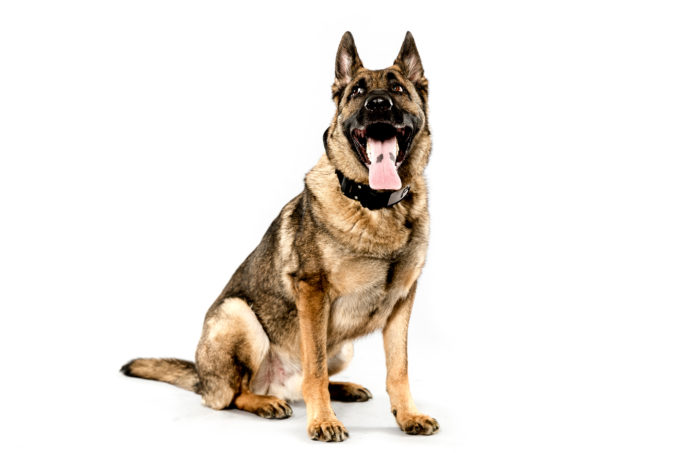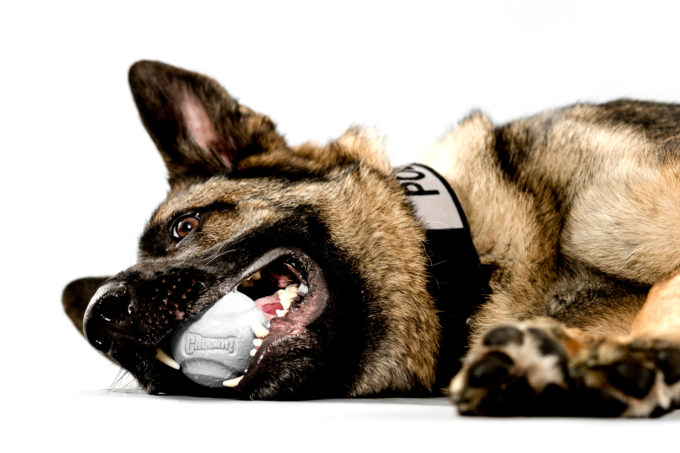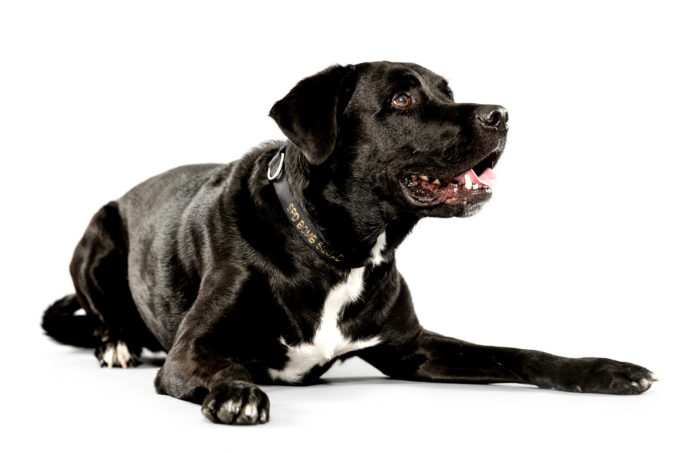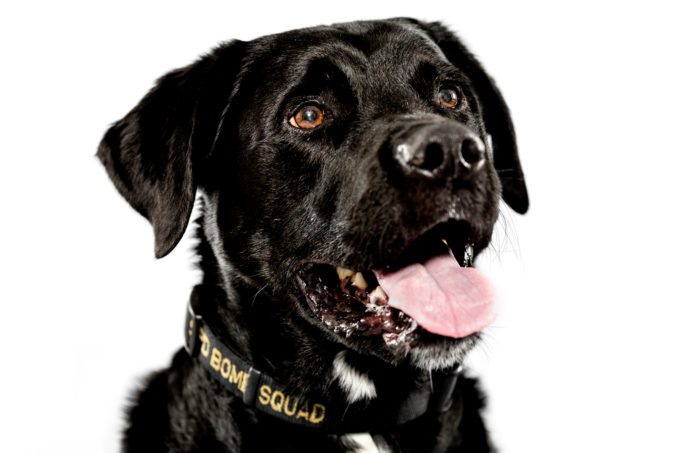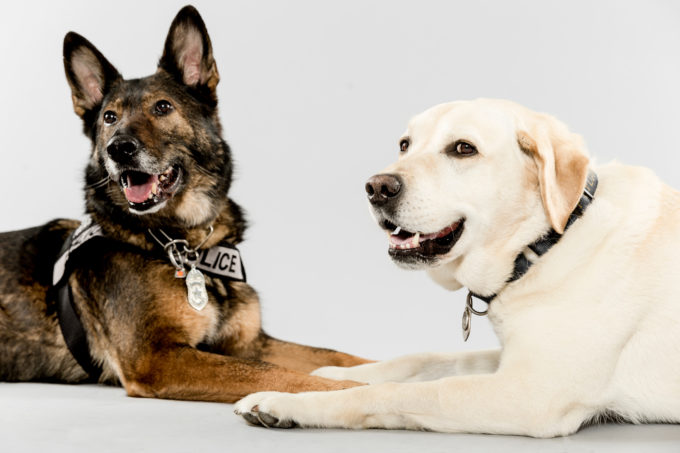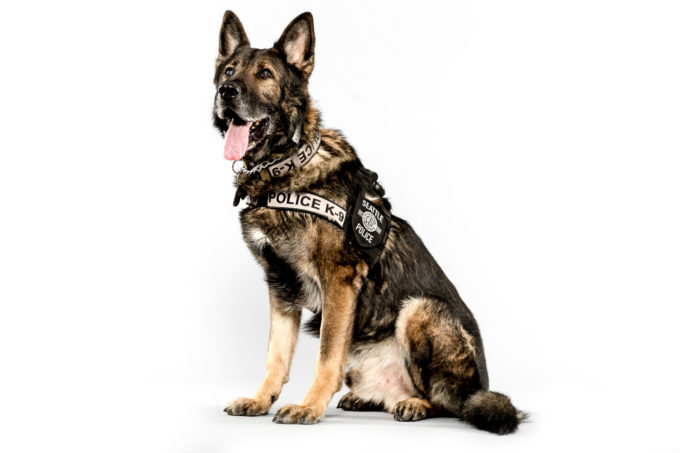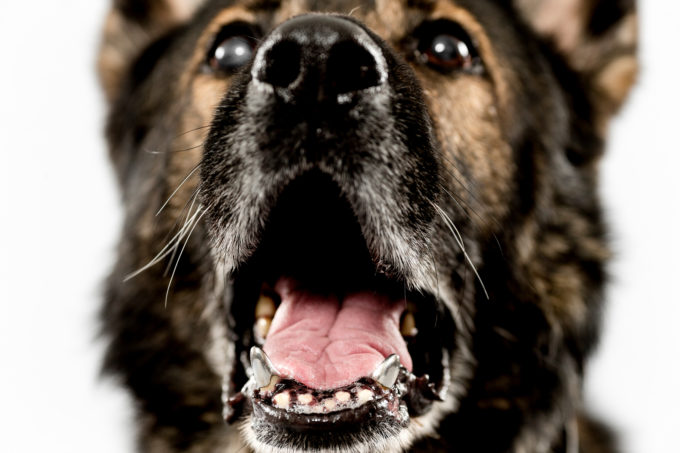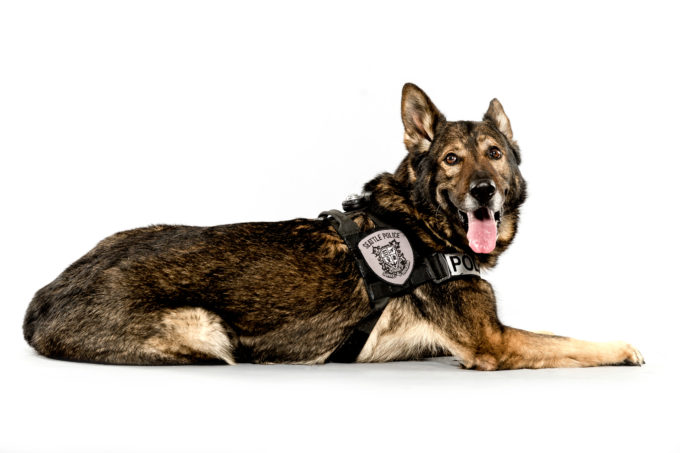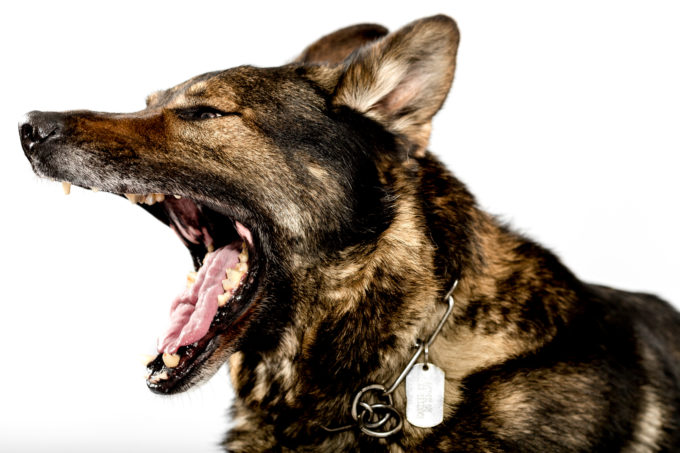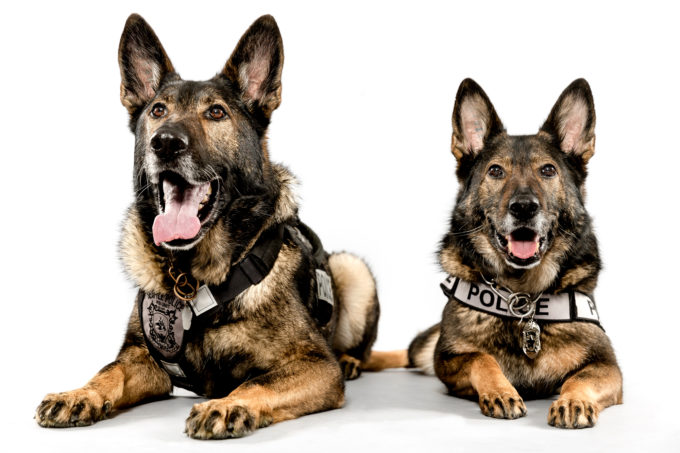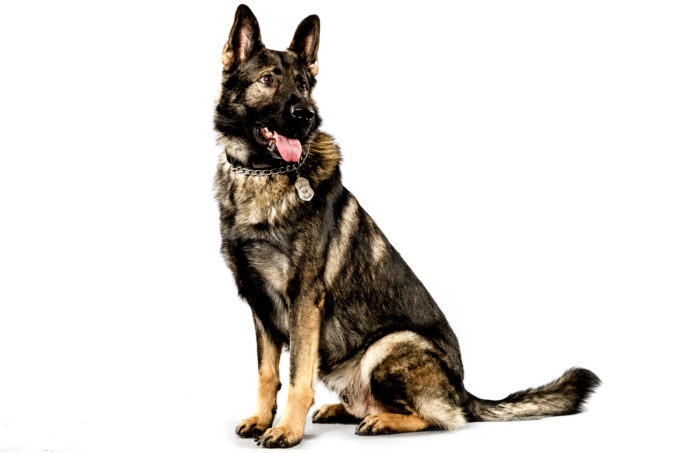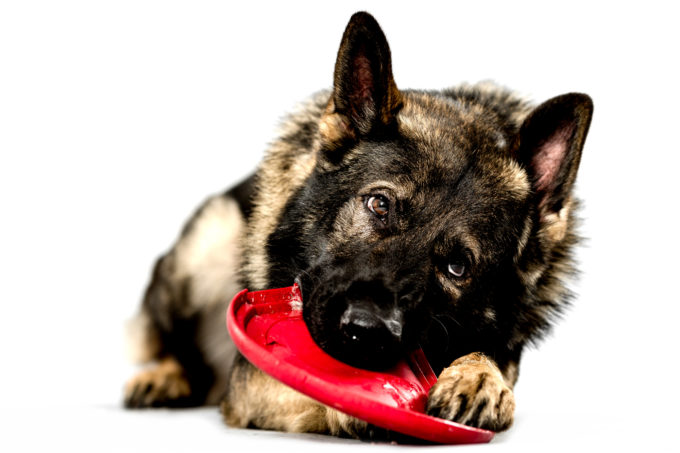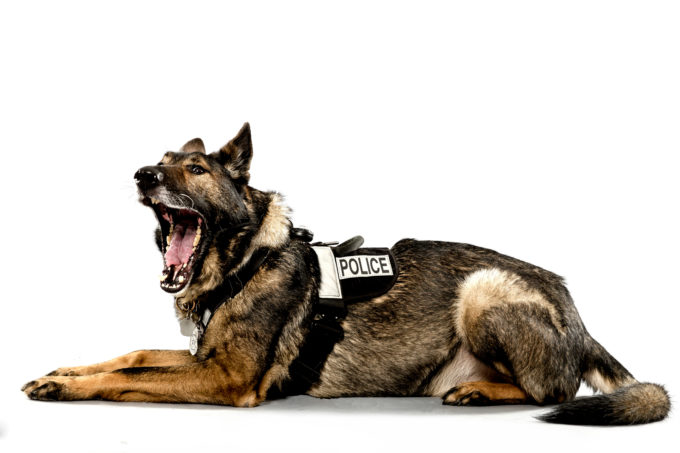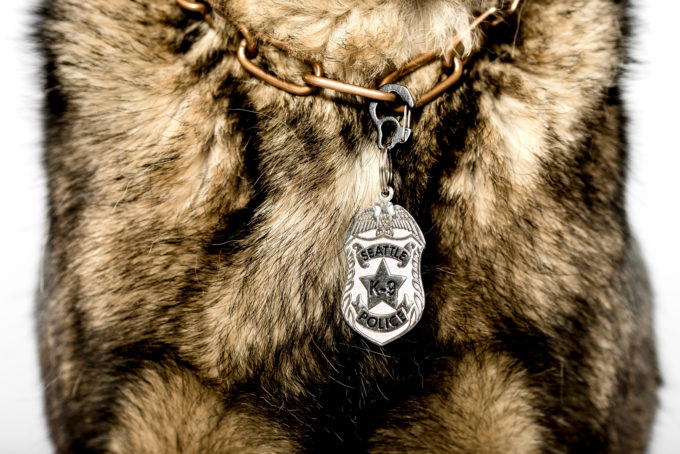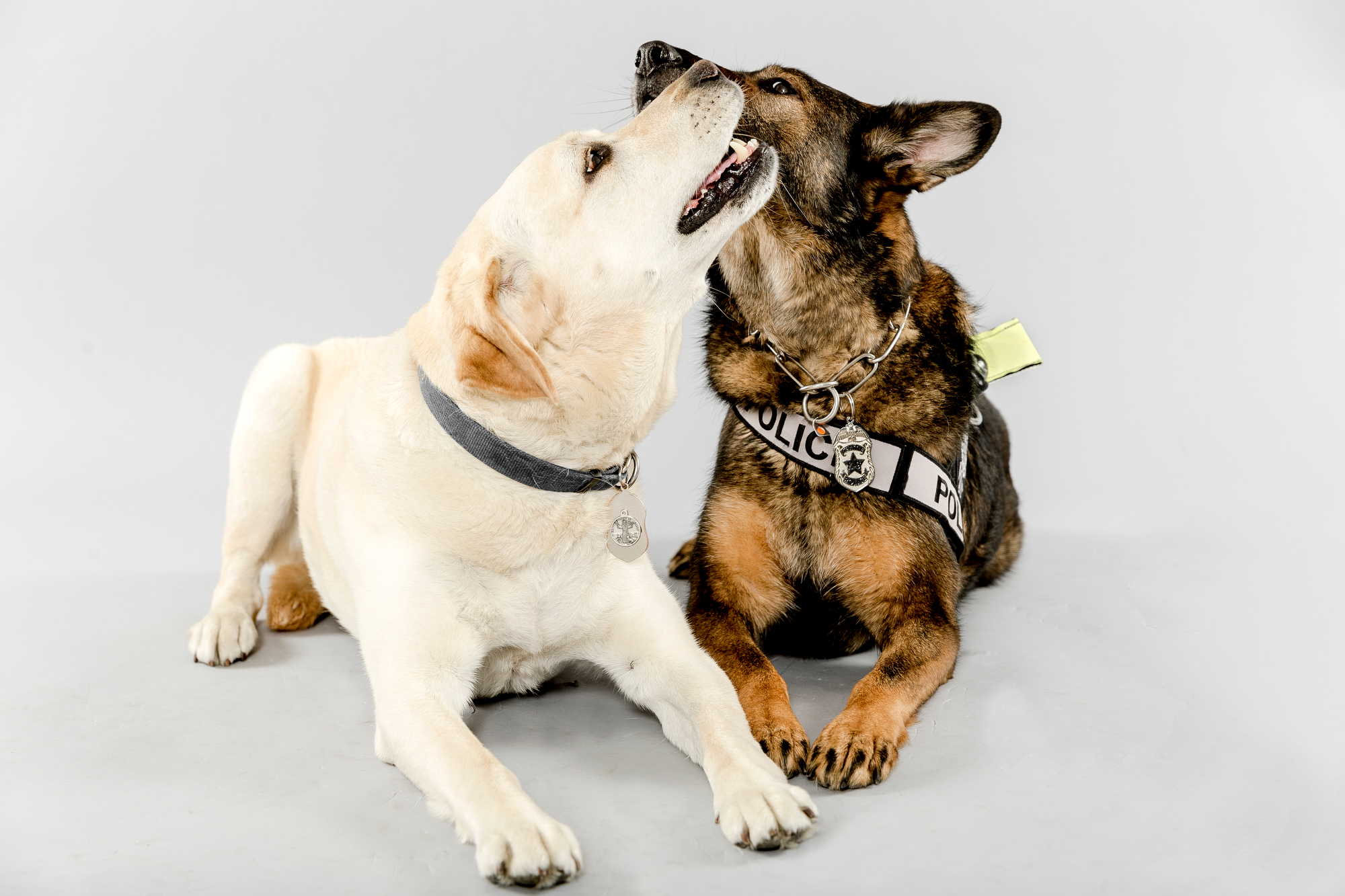Last Updated on 05/29/2023 by StateofDigitalPublishing
All images by Jordan Stead. Used with permission.
Photographer Jordan Stead cites that the art of the pitch helped him to do a portrait project on the Seattle PI’s police dogs. It’s an art that many professionals and semi-professionals understand–and one that is backed by a creative vision. Luckily, Jordan loves giving back to the visual community through eduation.
He started out in video; but later on stills went on to pay the bills after becoming obsessed with photography. He’s a photojournalist and has witnessed life, death, Super Bowls & nudist culture through his career. He’s worked with clients such as Microsoft, Amazon, The New York Times, Chevron & CreativeLive.
When you look at it like that, photographing police dogs may seem like a piece of cake.
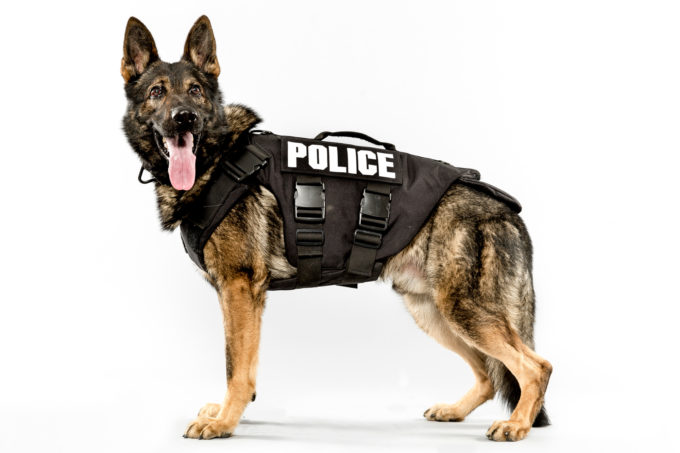
—–
Tracking Police Dog Cerberus, age three, currently serves with the Seattle Police Department. In his first field case after K-9 Academy, Cerberus chased a fleeing shooting suspect following a Washington State Patrol pursuit. Cerberus followed the perpetrator up a muddy, 60 degree, 300-foot hill, covered in sticker bushes to locate the armed suspect who was detained after more than an hour of navigating that difficult terrain. It has been said that Cerberus sings along to the “O’Reilly Auto Parts” song every time it comes on the radio. Photographed Monday, May 11, 2015, in Seattle, Washington. (Jordan Stead, seattlepi.com)
Phoblographer: Talk to us about how you got into photography.
Jordan: I started as a video guy, pre-college, shooting shorts and music videos out a closet- turned-classroom at Ballard High School in Seattle, Washington. Stills had always been a recreational venture for me. As soon as I got to college, I became quickly enamored by the power of the photograph through my studies in Visual Journalism at Western Washington University. I was a man obsessed, and embarked on this madness of living the photographic life through internships, workshops, friendships and unlikely opportunities.
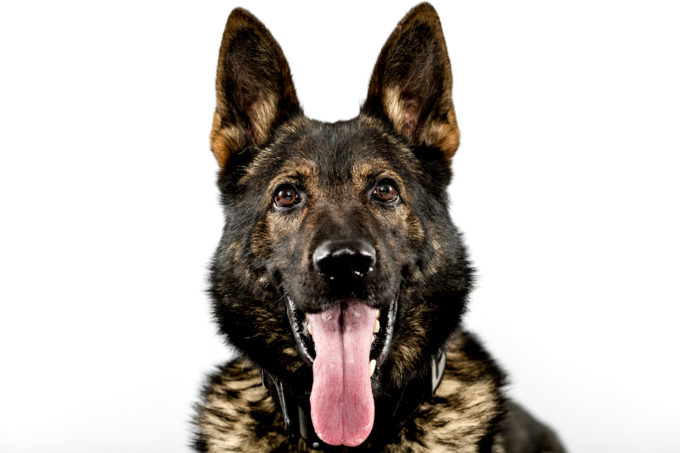
Phoblographer: What made you want to get into portraiture?
Jordan: I didn’t, per say. Photojournalism – or whatever it’s called these days – is a “jack of all trades” profession. You have to be proficient at everything. The demands are unparalleled, I think, in the photographic world. Portraiture is just a small piece of the puzzle.
Phoblographer: Where did the idea come from to photograph the Seattle PI dogs?
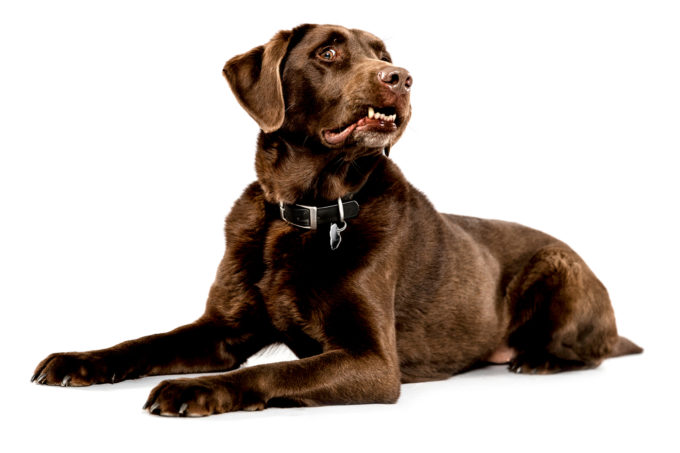
Jordan: I want to make happy pictures as often as I can. So much of “news” and “feature” photography is sad, or dealing with depressed subject matter. The Seattle Police dogs offered a uniquely fun, upbeat and universally interesting subject to make pictures of.
“Photojournalism – or whatever it’s called these days – is a “jack of all trades” profession. You have to be proficient at everything.”
Phoblographer: What was it like working with them? Of course, you needed their handler around, right?
Jordan: I was a staff photographer at SeattlePI.com at that time, and simply reached out to the proper individual at the Seattle Police Department. Looking back, I’m surprised they responded – but that’s why the art of the pitch is so important. Rather than say “I want to make cute pictures of police dogs,” I stated my interest in using visual storytelling to shed light on the often-misunderstood role of K-9s in a police force. To dig deeper and come away with interesting photographs backed by informative, accompanying stories about each animal.
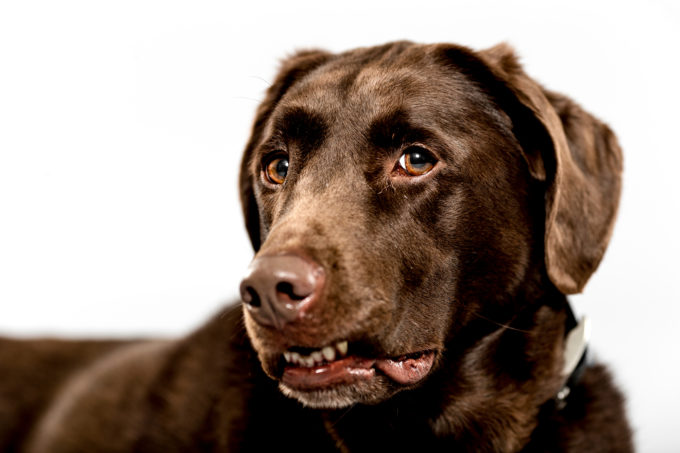
The SPD was nice enough to grant me the use of a large room in their precinct for the better part of 12 hours. I organized all of the dogs (and their respective officers) to come in on 45-minute shifts, and to bring an item relevant to their canine track record. While photographing each dog – a process within itself – I would casually interview the officers about their animal’s progress in the force, and, if possible, the K-9’s career-defining moment.
Aside from the stress of watching dogs rip around the backdrop and lighting setup, the process was strangely smooth. Do note: seamless paper is no match for slobbery jowls and dog toenails.
“Looking back, I’m surprised they responded – but that’s why the art of the pitch is so important. Rather than say “I want to make cute pictures of police dogs,” I stated my interest in using visual storytelling to shed light on the often-misunderstood role of K-9s in a police force.”
Phoblographer: Each dog seems to have their own unique and distinct personality in the photos that you’ve captured. But why the specific creative vision and ideas to use props with some and just have others be plain and against a white background?
![Tracking Police Dog Kosmo, age six, serves with the Seattle Police Department. K-9 Officer J. Moyer, described meeting his dog: "Kosmo stood up and placed one paw on each of my shoulders. When I went to say hello, [Kosmo] put his tongue in my mouth and licked my face. I figured that was his way of telling me he was actually the one doing the choosing." Two days after Kosmo completed the basic K9 training academy, he was asked to track a violent DV suspect that had jumped from the window of a second story building to escape. Kosmo tracked through yards and over fences to an old dirty mattress that was pressed flat against a retaining wall. Knowing that no one could hide between a mattress and a wall unless they were as thin as a sheet of paper, his handler explained to his dog no one could be there and the track was ended and officers left the area. Ten minutes later the suspect returned to the original crime scene and fled a second time. Kosmo again tracked through yards to the mattress. To prove to Kosmo no one could be there, his hander pulled the mattress away from the cement retaining wall to reveal the suspect tucked into a large hole broken into the wall. The suspect was pulling the mattress toward him to conceal himself within the hole. Photographed Monday, May 11, 2015, in Seattle, Washington. (Jordan Stead, seattlepi.com)](https://www.thephoblographer.com/wp-content/uploads/2016/06/SeattlePoliceDogs_Stead_05-680x453.jpg)
Phoblographer: Most dog portrait projects are seemingly just of someone’s pets; but these photos all tell stories. Why did you feel it was important to tell the stories of these dogs?
Jordan: Cute animal pictures are great and all, but this project had to have a news angle, given my employer at the time. Police dogs get a bad rap, and I knew there was more going on behind the scenes. After hearing about many of the dogs’ biggest busts, it was clear that they are an integral, positive part of law enforcement efforts. I love dogs, a good challenge and timeless work that can stand on its own, regardless of when the photographs are viewed. Since initial publication in the PI, the project was picked up on ViewFind, Mashable and Buzzfeed. Best part? The Seattle Police Department loved the results. Amidst other jobs these days (I’m a freelancer now, based out of Seattle, WA), I’ve been working to get clearance from other police department K-9 units to continue the project.
Phoblographer: Talk to us about the gear that you used and the process of photographing the dogs. What were the most difficult parts?
Jordan: The whole shoot was in one location, on one roll of white seamless. Three AlienBee strobes (two bare, one affixed with a bounce umbrella) lit the scene. I shot with one body, a Canon 1D X, and two lenses, a 24-70mm and 135mm prime, for the duration of the project. Basic post-work was done in Adobe Camera Raw.
![Tracking Police Dog Kosmo, age six, serves with the Seattle Police Department. K-9 Officer J. Moyer, described meeting his dog: "Kosmo stood up and placed one paw on each of my shoulders. When I went to say hello, [Kosmo] put his tongue in my mouth and licked my face. I figured that was his way of telling me he was actually the one doing the choosing." Two days after Kosmo completed the basic K9 training academy, he was asked to track a violent DV suspect that had jumped from the window of a second story building to escape. Kosmo tracked through yards and over fences to an old dirty mattress that was pressed flat against a retaining wall. Knowing that no one could hide between a mattress and a wall unless they were as thin as a sheet of paper, his handler explained to his dog no one could be there and the track was ended and officers left the area. Ten minutes later the suspect returned to the original crime scene and fled a second time. Kosmo again tracked through yards to the mattress. To prove to Kosmo no one could be there, his hander pulled the mattress away from the cement retaining wall to reveal the suspect tucked into a large hole broken into the wall. The suspect was pulling the mattress toward him to conceal himself within the hole. Photographed Monday, May 11, 2015, in Seattle, Washington. (Jordan Stead, seattlepi.com)](https://www.thephoblographer.com/wp-content/uploads/2016/06/SeattlePoliceDogs_Stead_06-680x454.jpg)
Phoblographer: What was the editing and culling process like for you? What specific thoughts were going through your head as you edited the photos down to what you’d show?
Jordan: I would shoot as liberally as possible while on set, knowing I had limited time (and patience) from each dog. The selection process was pre-planned (see above, in regards to the first picture / second picture gallery idea). I knew all along that the final product would showcase each dog with two separate pictures.
